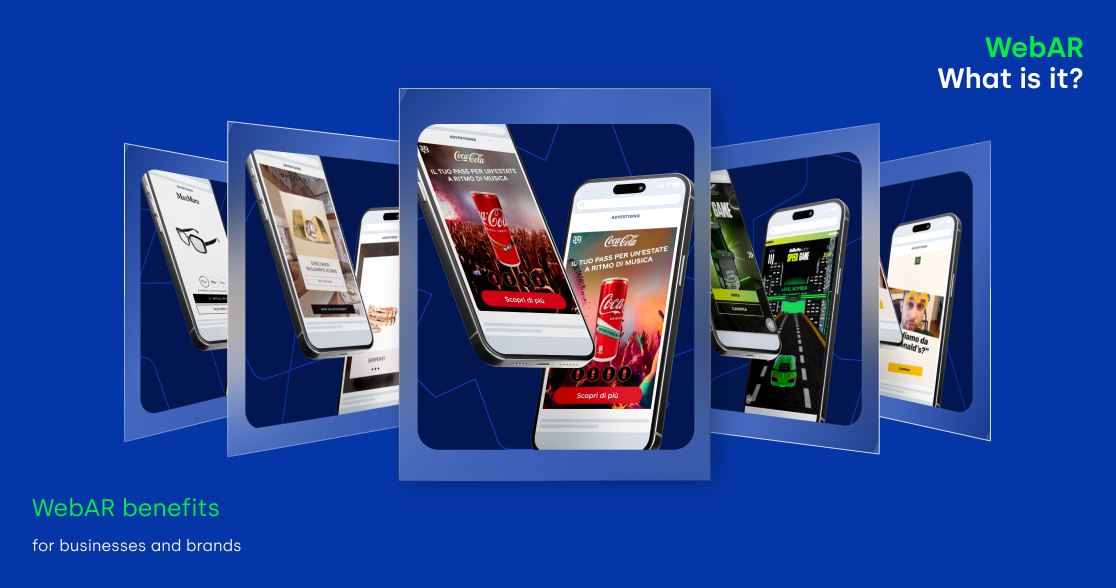
According to Forbes, there are approximately 1.13 billion websites available on the internet. Considering the current trend of digitalization, it is not surprising that companies want their content or ideas to get massive reach in a short time. And if this is the goal, a website is, of course, a handy tool to reach it.
But how can companies get better user engagement and let users feel connected to their website and brand?
Bringing innovations to website development is becoming harder day by day. Companies are gradually and consistently trying to make their websites more user-oriented and engaging. In essence, one of the ways to do so is the use of augmented reality on the web, widely known as WebAR (Web augmented reality).
WebAR refers to web-based augmented reality experiences that allow users to experience AR via their smartphones without downloading any specific app.
All users need is a custom URL that opens in the browser and delivers AR content in their live environment.
In short, users only need to visit a website in their smartphone browser to enjoy the WebAR experience. What helped WebAR’s spread and popularity, is the absolute simplicity and usability of this technology — thanks to the pervasiveness of smartphones in the world.
Easy access = great usability = better engagement
Since users experience AR directly inside their phones’ browsers, it is way easier to engage and convert them. A call-to-action during the WebAR experience makes it as easy as possible for users to sign-up, make a booking, or even make a purchase.
While people get more familiar with AR interactive experiences, the brands will be gradually more incentivized to offer such experiences to get in touch with their audience.
Moreover, WebAR experiences are more accessible and way easier to experience than traditional AR ones; it doesn’t matter which smartphone or which operating system users have.
For Android users, native AR experiences need the support of ARCore technology (available on specific models only). Still, WebAR can be experienced on all devices that run Android 6.0 and above and have a gyro and accelerometer. So, nearly 75% of android devices can support WebAR (Source: Android Developer).
In the case of iOS, on the other hand, WebAR can be experienced on iOS 11 and above. This means WebAR is supported on 94% of devices as per the latest data from the Apple app store (Source: Apple Store).
As mentioned above in the article, WebAR can grant easy access and great usability to users, thanks to its innovative technology. But what are the benefits in terms of conversion, ROI, and user engagement for businesses and brands?
The near and far future is looking positive for WebAR. Due to the expectations of users, who are seeking immersive experiences and fun ways to connect with brands, and to the fast-paced development of mobile devices, businesses and brands are more and more encouraged to implementing WebAR into their advertising strategy.